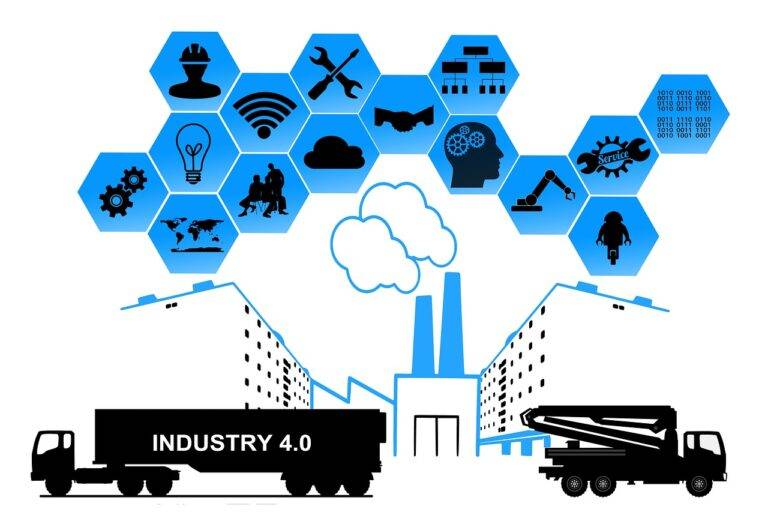Exploring the Potential of Edge Computing in IoT Devices
Edge computing is a decentralized computing paradigm that brings computational power closer to the source of data generation. By processing data where it is created, edge computing reduces latency and enhances real-time decision-making capabilities. This shift away from relying solely on centralized data centers allows for faster processing of critical information, making it particularly valuable in scenarios where immediate responses are essential.
One key aspect of edge computing lies in its ability to optimize network bandwidth usage by processing and filtering data locally before transmitting it to the cloud. This not only alleviates the burden on network bandwidth but also enhances data privacy and security by reducing the need for extensive data transfers. As the Internet of Things (IoT) continues to proliferate, the adoption of edge computing is expected to grow significantly, offering more efficient and sustainable solutions to manage the vast amounts of data generated by connected devices.
The Role of Edge Computing in IoT Devices
Edge computing plays a vital role in enhancing the performance and efficiency of IoT devices. By processing data closer to the source, edge computing reduces latency and minimizes the reliance on cloud computing for real-time data analysis. This capability is particularly crucial in scenarios where immediate decision-making is necessary, such as in industrial automation or autonomous vehicles.
Moreover, edge computing helps in optimizing the use of network bandwidth by filtering and pre-processing data at the edge before sending it to the cloud. This not only reduces the volume of data that needs to be transmitted but also improves the overall speed of data transfer. As a result, IoT devices can operate more autonomously and with greater responsiveness, making them more reliable and effective in their respective applications.
Benefits of Implementing Edge Computing in IoT Devices
Implementing edge computing in IoT devices offers a range of benefits that enhance efficiency and performance. One key advantage is the reduced latency achieved by processing data closer to the source, leading to faster response times in critical applications. By handling data processing locally at the edge, unnecessary delays in transmitting data to a centralized cloud server are minimized, enabling real-time analysis and decision-making.
Furthermore, edge computing enhances data security for IoT devices by keeping sensitive information within a local network, decreasing the risk of potential breaches during data transmission to external servers. This local processing also helps in mitigating the impact of network outages or disruptions, ensuring continuous functionality of IoT devices even in instances of connectivity issues. Overall, the integration of edge computing in IoT devices contributes to improved operational efficiency, heightened security measures, and enhanced overall performance.
– Reduced latency achieved by processing data closer to the source
– Faster response times in critical applications
– Minimized delays in transmitting data to a centralized cloud server
– Real-time analysis and decision-making capabilities
– Enhanced data security for IoT devices
– Keeps sensitive information within a local network
– Decreases risk of potential breaches during data transmission
– Mitigates impact of network outages or disruptions
Overall, the integration of edge computing in IoT devices offers benefits such as improved operational efficiency, heightened security measures, and enhanced overall performance.
What is edge computing?
Edge computing is a distributed computing paradigm that brings computation and data storage closer to the location where it is needed.
How does edge computing improve IoT devices?
Edge computing reduces latency, increases data security, and improves overall performance of IoT devices by processing data closer to the source.
What are the benefits of implementing edge computing in IoT devices?
Some benefits include improved response time, reduced network traffic, enhanced data privacy, and increased reliability.
How does edge computing help in real-time decision making for IoT devices?
Edge computing allows IoT devices to make decisions locally without needing to send data back to a central server, enabling faster response times and real-time decision making.
Can edge computing be integrated with existing IoT devices?
Yes, edge computing can be implemented in existing IoT devices through software updates or by adding edge computing capabilities to the device’s hardware.
What are some challenges of implementing edge computing in IoT devices?
Challenges may include managing edge devices, ensuring data security, and optimizing edge computing infrastructure for efficiency.





